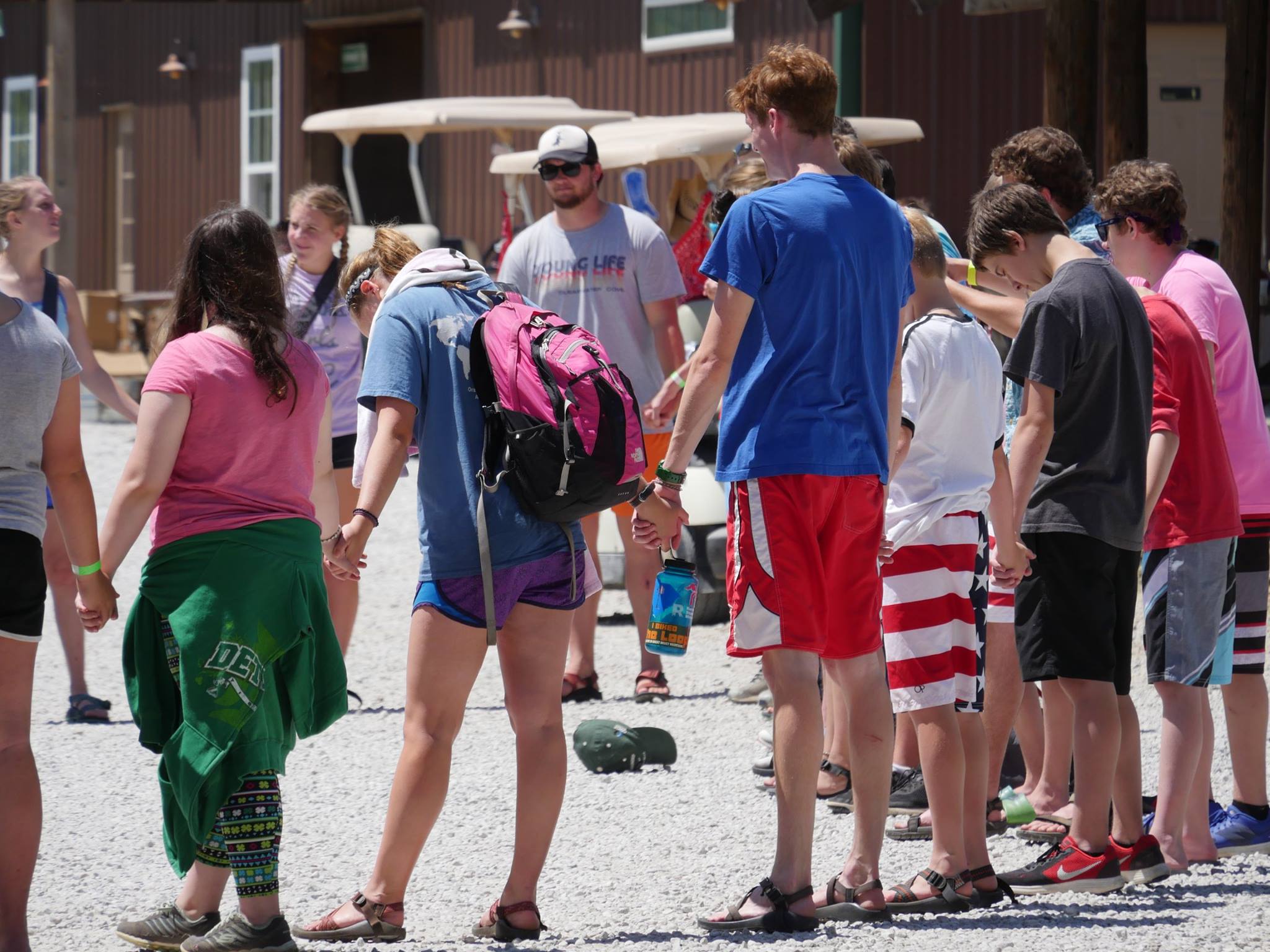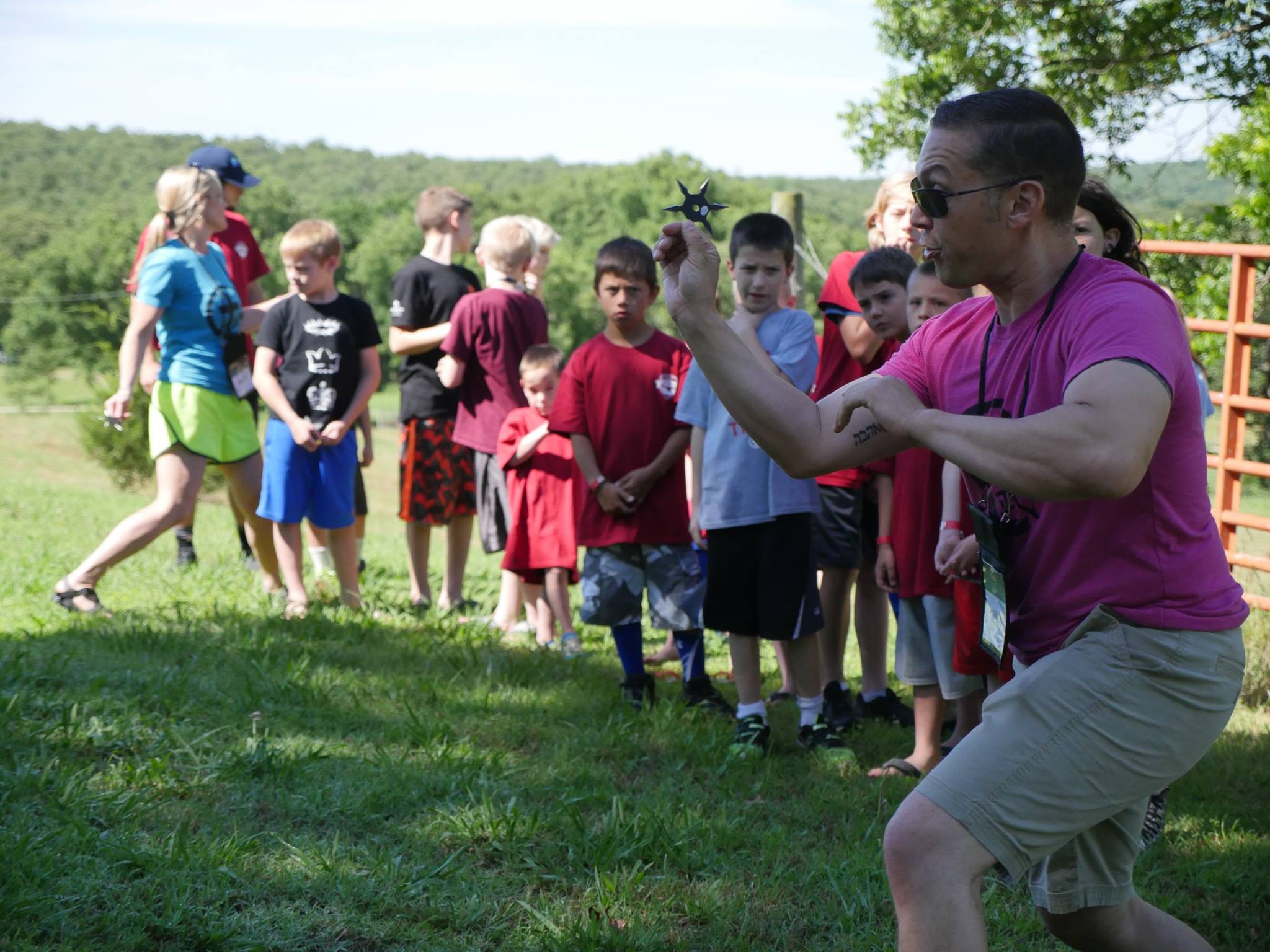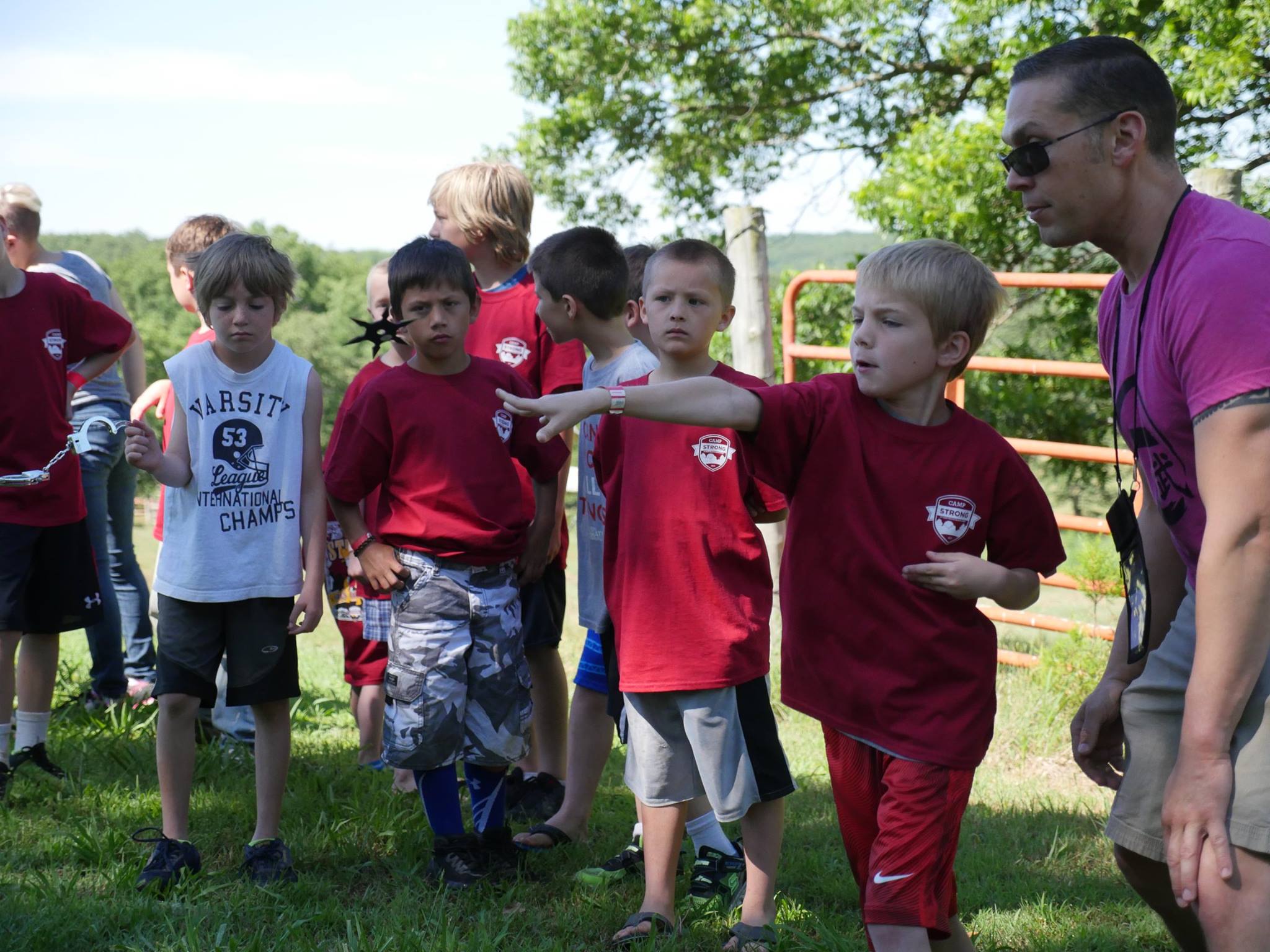What a great camp we were able to serve and support. Thank you to all of CKA who SHOWED UP in a big way to support our community of kids.
From Tulsa World:
The sunshine at Shepherd’s Fold Ranch is brighter than the lights on the pediatric floor at the Children’s Hospital at Saint Francis, and freshly cut Bermuda grass and gravel are a change of pace from tile floors.
The change in atmosphere shows in every smile at Camp Strong, where there are no shots or procedures, only karate lessons and fly fishing. For one week, caretakers become camp counselors, trading in medical charts for water bottles and sunscreen.
Becky Reinholz, a clinical manager at the Children’s Hospital, said the camp’s goal is simple.
“We want every child that comes out here to have a very fun week that was normal for them, that wasn’t about being sick or being in the hospital,” Reinholz said. “We want it to just be about summer camp fun, and for them to want to come back next year.”
At Camp Strong, everything is about summer fun. Organizers do what they can to make it a vacation from being sick. And it’s not only the children who want something different; it’s also the staff.
Activities at the camp range from swimming to zip-lining over the pond. On Wednesday, children got to serve up sweet revenge as well. As payback for the shots, tests and examinations, patients got to wage a water fight with their doctors.
Shenna Franklin, a clinical nursing manager, mixed colors and hues for tie-dyeing, all in the name of getting away from the usual.
“It’s to be able to see the kids in a different environment,” Franklin said. “And they’re not all healthy here, just like they’re not at the hospital, but they’re treated very differently here.
“A tummy ache here is treated differently than the hospital. It’s a little tough love here and encouragement, and then they have their peers to support them.”
Camp Strong is the closest some of the children at will ever get to a normal summer camp. Although some are cancer-free, others are between chemotherapy treatments or live day to day with heart conditions.
Franklin said Camp Strong is the only option for some of the children, because it is the only camp in Oklahoma that can accommodate some of their severe medical conditions. Golf carts keep those with heart conditions from exhausting themselves on long walks, while physicians are on site to help with any problems.
This is Charlie Chaffin’s sixth trip to Camp Strong. He looks forward to the camp all spring, knowing it is his chance to be on his own and take a vacation.
Chaffin has been cancer-free for six years since his brain cancer was removed, but he goes to the Children’s Hospital for annual checkups.
Although Chaffin’s favorite part of the week is swimming, reuniting with other campers makes the camp fun.
“I like just seeing old friends that I haven’t seen for a long time,” Chaffin said. “I like being myself here and being with other kids that had cancer, maybe not the same cancer that I did, but they can relate to the things I’ve been through.”
Camp Strong isn’t only for patients, either. Reinholz said many of the children’s siblings come to the camp.
Brothers and sisters, though not sick, spend their lives coupled to their sibling’s health, Reinholz said. It is as important to give them a normal experience they can share with each other.
“Siblings journey with these kids,” Reinholz said. “They live in the hospital; they know that their family is going to live a different life that not everybody is going to understand ... they feel and experience this every day pretty deeply.”
Miranda Ruland, a child life specialist at Saint Francis, normally works to help patients and families on the pediatric floor cope with being in the hospital.
At Camp Strong, the mission stays the same.
“Out here, it translates to letting them come out here and letting kids do what kids do best,” Ruland said. “And that’s have fun and be with other kids.
“It’s great for us, because we get to interact with the kids on a different level in an environment that’s more natural for them, instead of a hospital.”








